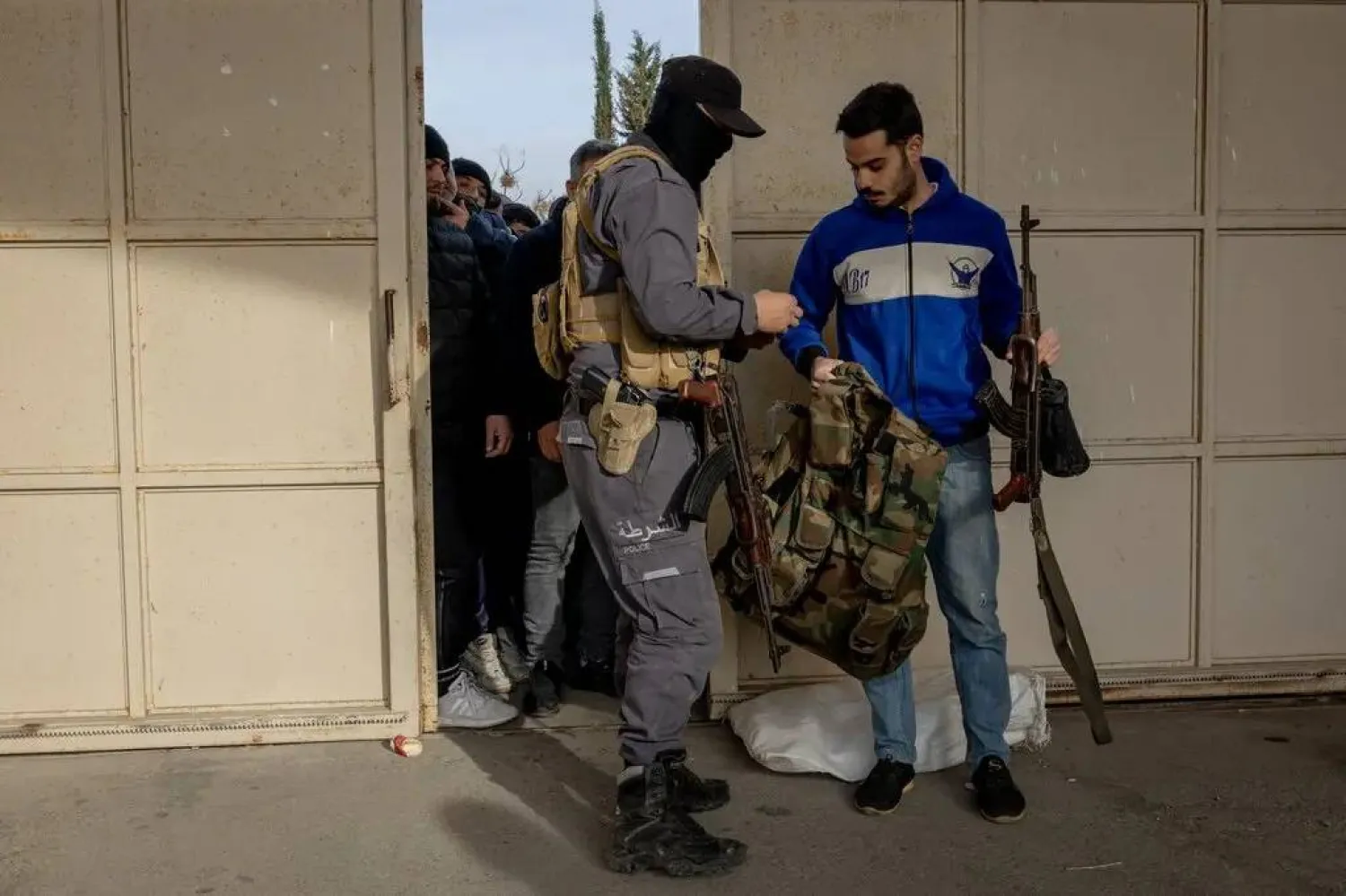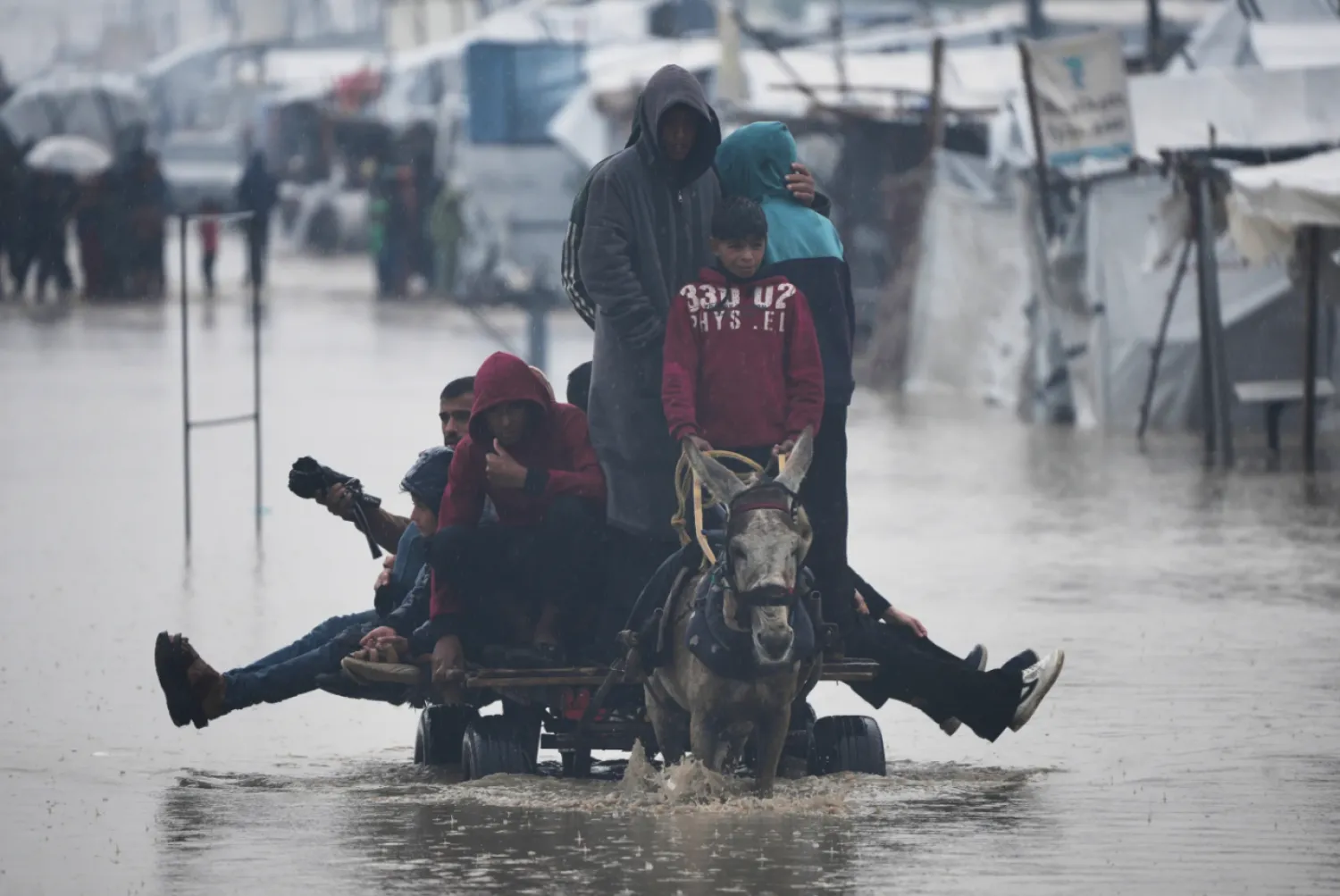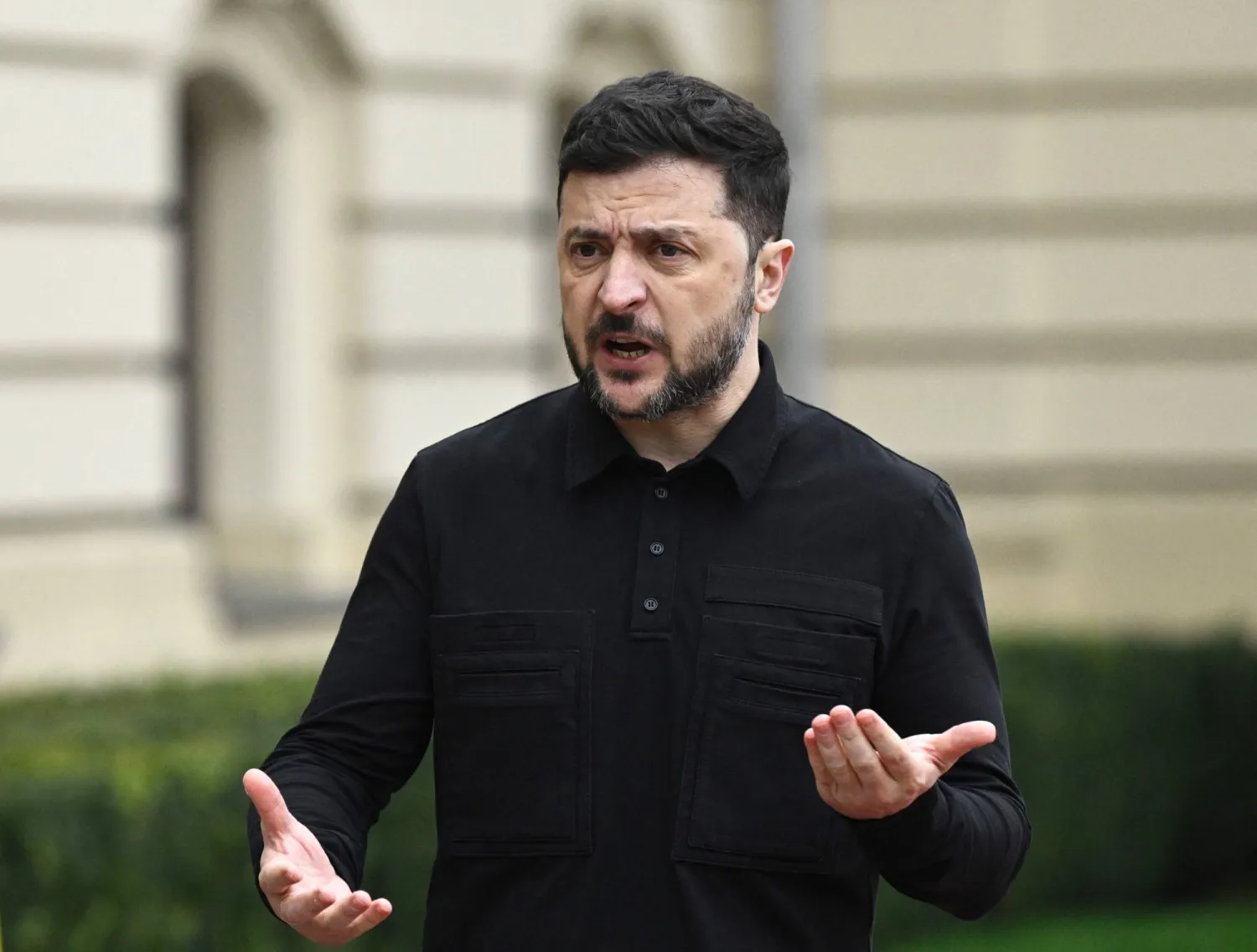In Syria's third city Homs, members of ousted president Bashar al-Assad's Alawite community say they are terrified as new authorities comb their districts for "remnants of the regime", arresting hundreds.
In central Homs, the marketplace buzzes with people buying fruit and vegetables from vendors in bombed-out buildings riddled with bullet holes.
But at the entrance to areas where the city's Alawite minority lives, armed men in fatigues have set up roadblocks and checkpoints.
People in one such neighborhood, speaking anonymously to AFP for fear of reprisals, said young men had been taken away, including soldiers and conscripts who had surrendered their weapons as instructed by the new led authorities.
Two of them said armed men stationed at one checkpoint, since dismantled after complaints, had been questioning people about the religious sect.
"We have been living in fear," said a resident of the Alawite-majority Zahra district.
"At first, they spoke of isolated incidents. But there is nothing isolated about so many of them."
- 'Majority are civilians' -
Since opposition factions led by the Hayat Tahrir al-Sham (HTS) group seized power on December 8, Syria's new leadership has repeatedly sought to reassure minorities they will not be harmed.
But Alawites fear a backlash against their sect, long associated with the Assads.
The new authorities deny wrongdoing, saying they are after former Assad forces.
Shihadi Mayhoub, a former lawmaker from Homs, said he had been documenting alleged violations in Zahra.
"So far, I have about 600 names of arrested people" in Zahra, out of more than 1,380 in the whole of Homs city, he told AFP.
Among those detained are "retired brigadiers, colonels who settled their affairs in dedicated centers, lieutenants and majors".
But "the majority are civilians and conscripted soldiers," he said.
In the district of Al-Sabil, a group of officers were beaten in front of their wives, he added.
Authorities in Homs have been responsive to residents' pleas and promised to release the detained soon, Mayhoub said, adding groups allied to the new rulers were behind the violations.
Another man in Zahra told AFP he had not heard from his son, a soldier, since he was arrested at a checkpoint in the neighboring province of Hama last week.
- 'Anger' -
The Syrian Observatory for Human Rights war monitor says at least 1,800 people, overwhelmingly Alawites, have been detained in Homs city and the wider province.
Across Syria, violence against Alawites has surged, with the Britain-based Observatory recording at least 150 killings, mostly in Homs and Hama provinces.
Early in the civil war, sparked by a crackdown on democracy protests in 2011, Homs was dubbed the "capital of the revolution" by activists who dreamt of a Syria free from Assad's rule.
The crackdown was especially brutal in Homs, home to a sizeable Alawite minority, as districts were besieged and fighting ravaged its historical center, where the bloodiest sectarian violence occurred.
Today, videos circulating online show gunmen rounding up men in Homs. AFP could not verify all the videos but spoke to Mahmud Abu Ali, an HTS member from Homs who filmed himself ordering the men.
He said the people in the video were accused of belonging to pro-Assad militias who "committed massacres" in Homs during the war.
"I wanted to relieve the anger I felt on behalf of all those people killed," the 21-year-old said, adding the dead included his parents and siblings.
- 'Tired of war' -
Abu Yusuf, an HTS official involved in security sweeps, said forces had found three weapons depots and "dozens of wanted people".
Authorities said the five-day operation ended Monday, but Abu Yusuf said searches were ongoing as districts "have still not been completely cleansed of regime remnants".
"We want security and safety for all: Sunnis, Alawites, Christians, everyone," he said, denying reports of violations.
Homs lay in ruins for years after the former regime retook full control.
In Baba Amr neighborhood, an opposition bastion retaken in 2012, buildings have collapsed from bombardment or bear bullet marks, with debris still clogging streets.
After fleeing to Lebanon more than a decade ago, Fayez al-Jammal, 46, returned this week with his wife and seven children to a devastated home without doors, furniture or windows.
He pointed to the ruined buildings where neighbors were killed or disappeared, but said revenge was far from his mind.
"We are tired of war and humiliation. We just want everyone to be able to live their lives," he said.









